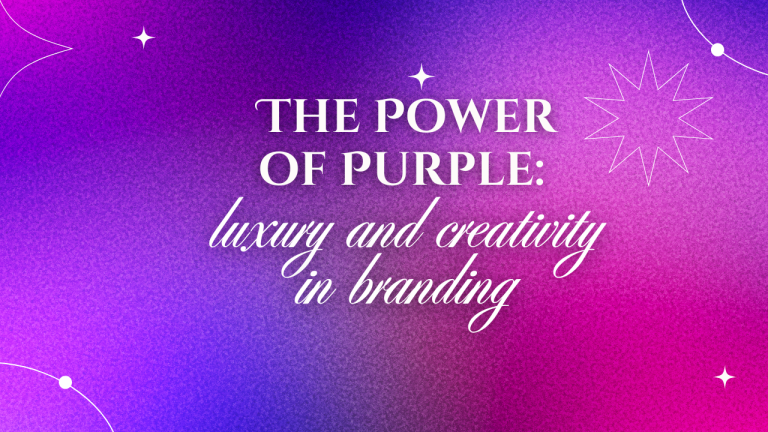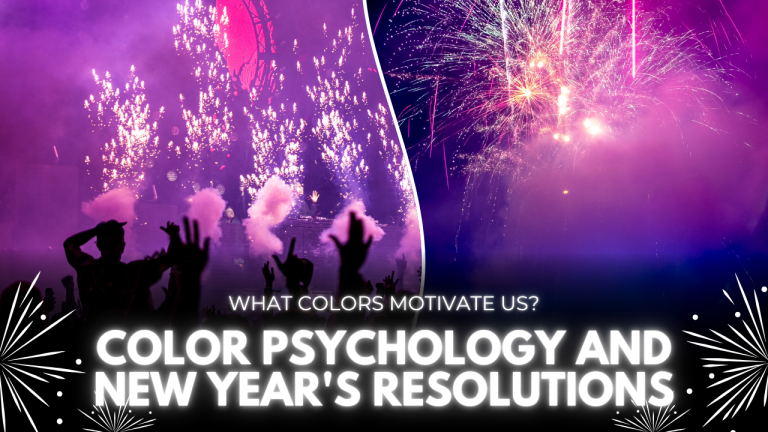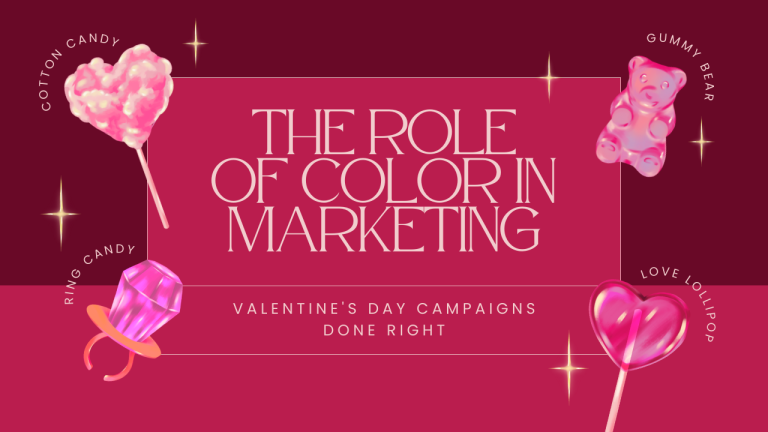The color psychology of black has long been a powerful symbol of authority, power, and sophistication in various human cultures, influencing perceptions across different times and places. From the serious robes worn by judges to the elegant designs of high-end brands, black plays a significant role in shaping our views on status and influence. This strong link between black and authority is not just a coincidence; it stems from deep psychological principles and centuries of cultural development that have ingrained this association in our shared understanding. Exploring the complex ways in which black conveys authority can provide important insights into human perception and social interactions.
The Psychological Impact of Black
The psychology behind the color black’s commanding presence offers intriguing insights into how we think and behave. Research in color psychology shows that black often evokes immediate associations with strength, control, and decisiveness. This instinctive reaction likely stems from our early experiences with darkness and night, when being alert was crucial for survival. As time has passed, this basic connection has developed into a more complex understanding, where black symbolizes not only power but also a refined authority—one that combines wisdom and responsibility. Studies indicate that people dressed in black are frequently seen as more confident, competitive, and authoritative, underscoring the color’s profound influence on social interactions and professional relationships.
Professional Environments and Legal Traditions
In professional environments, the color black has a significant presence, especially in the legal and corporate fields. Legal professionals around the globe don traditional black robes, a practice that dates back to 17th century England when the death of Charles II led the judiciary to adopt black as a sign of mourning. What began as a response to circumstance has transformed into a strong symbol of judicial authority and impartiality. This legacy continues in modern corporate settings, where black business attire is considered the gold standard for formal events and high-stakes meetings. The idea of the “power suit,” often seen in black, originated in the 1980s and remains a representation of executive authority and professional competence. Studies show that individuals dressed in black are more frequently viewed as leaders and decision-makers, impacting various aspects from hiring choices to business negotiations.
Cultural Significance and Ceremonial Authority
The connection between black and authority goes well beyond just professional settings; it permeates cultural and spiritual dimensions as well. In numerous societies, the color black is strongly linked to ceremonial power and spiritual leadership. Across different religions, leaders often wear black robes to represent their ties to divine authority and their role as intermediaries between the physical and spiritual worlds. This symbolism has naturally transitioned into secular events, where black clothing still signifies seriousness and significance. Whether in academic graduations or state funerals, black remains the color that embodies dignity and respect.
Design, Branding, and Luxury Markets
In the world of design and branding, the color black holds significant power in increasingly nuanced ways. Luxury brands often use black in their visual identity to convey a sense of exclusivity and sophistication. This choice goes beyond mere aesthetics; it taps into deep-rooted psychological connections between black and high quality. Top fashion brands, car manufacturers, and tech companies utilize black to position their offerings in the premium market. The color’s ability to project authority makes it especially effective in building brand prestige and sustaining market presence. Research in consumer psychology shows that products packaged in black are frequently viewed as more luxurious and refined compared to the same items in other colors.
-
Absolute Black (Hex: #000000): The ultimate symbol of authority, strength, and formality in justice.
-
Charcoal Gray (Hex: #36454F): A sophisticated blend of wisdom and decisiveness in leadership.
-
Obsidian Black (Hex: #3D3C3A): The deep, unwavering resilience of power and endurance.
-
Onyx Black (Hex: #353839): A timeless shade signifying mystery, depth, and unyielding authority.
Complementary Accents of Authority and Prestige
-
Regal Gold (Hex: #D4AF37): The luxurious contrast that represents prestige, honor, and achievement.
-
Crimson Justice (Hex: #B22222): A deep red hue reflecting passion, sacrifice, and the fight for fairness.
-
Silver Authority (Hex: #C0C0C0): The sleek, modern representation of balance and neutrality in law.
-
Midnight Blue (Hex: #191970): A powerful, deep blue symbolizing integrity, honor, and trust.
-
Ivory Balance (Hex: #FFFFF0): A subtle contrast to black, representing fairness, clarity, and justice.
Digital Age Evolution
The digital revolution has added new layers to the authoritative presence of black. User interface designers often use black to emphasize key elements or to evoke feelings of security and trust. Financial institutions, cybersecurity firms, and professional service companies primarily incorporate black into their digital branding to strengthen their image of authority and dependability. This modern usage illustrates how black’s historical ties to power and authority have effectively adapted to today’s contexts. In website design, black remains linked to sophistication and high-end services, shaping user perceptions and behaviors in the online environment.
Cultural Variations and Global Perspectives
The connection between black and authority is widely recognized, but its meaning can differ significantly across various cultures and contexts. In Western cultures, black is often linked to formality and power, whereas some Eastern traditions may view it through a different lens. Recognizing these differences is essential for effectively utilizing black’s authoritative traits in our globalized society. The way black communicates authority should be approached with an awareness of cultural sensitivity and the nuances of international communication.
Conclusion
The lasting link between black and authority highlights an intriguing blend of psychology, culture, and human perception. As we deepen our understanding of color psychology and cultural meanings, black’s significance as a symbol of authority and power remains both fluid and deeply embedded in our collective consciousness. Whether in established institutions, contemporary business settings, or online platforms, black consistently evokes respect and conveys authority in ways that few other colors can achieve.





